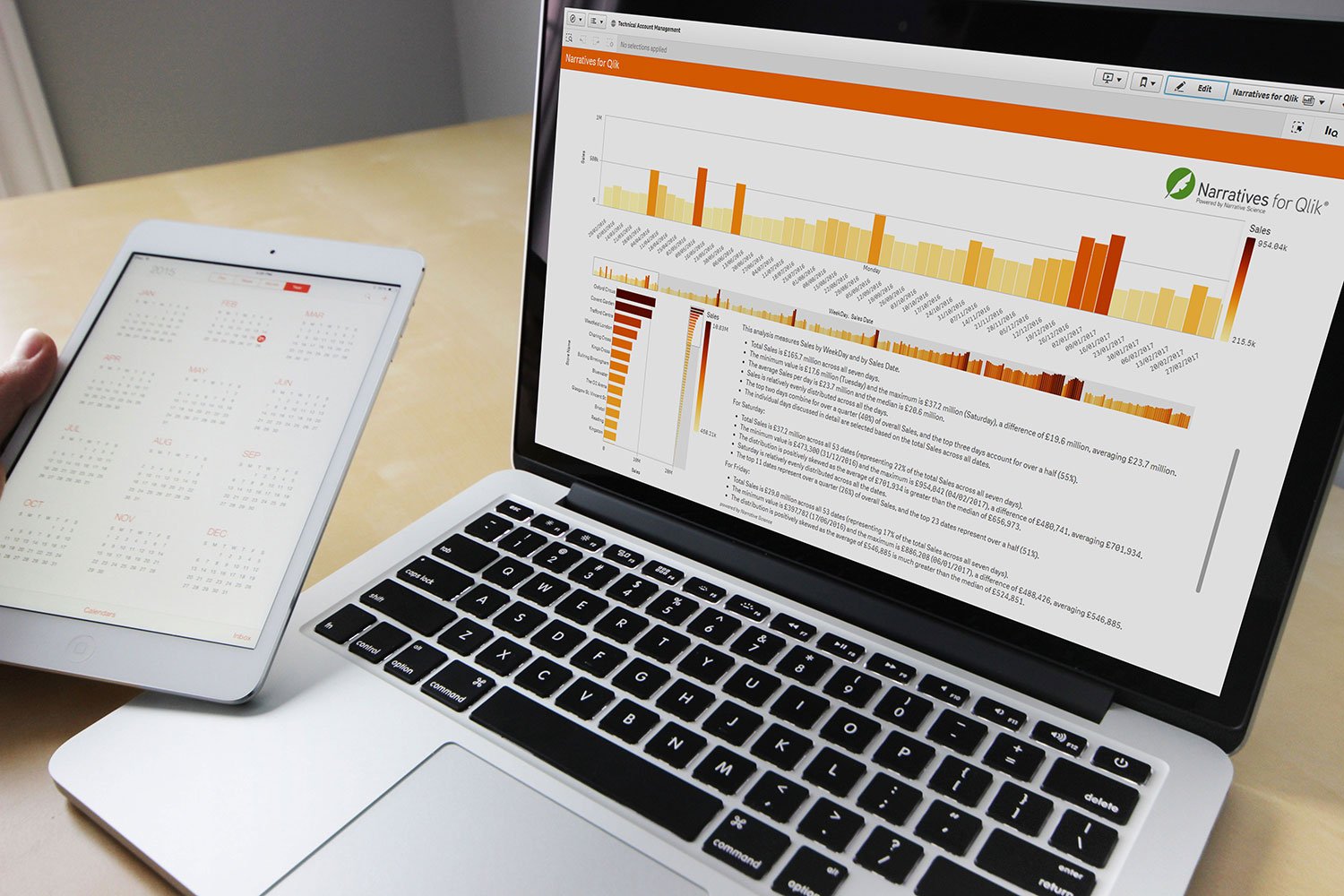Scared about sharing your data? Your competitors aren’t!
I’ve seen first-hand how a well thought through business intelligence strategy can drastically improve a business’s performance. I’ve seen it open up new markets, drive operational efficiency, improve customer retention and ultimately deliver profits that were previously thought unachievable. However, today’s blog isn’t aimed at those who are yet to begin their analytics journey; it’s focused at those who already have access to internal data, but who are missing the next big opportunity – sharing that information with a much wider audience.
1 – break down the barriers
Open your books. Share your data. Ok, so I understand that it sounds a bit scary, but many forward-thinking organisations can see that by sharing relevant information and data across the supply chain they are, in fact, entrenching themselves further into the hearts and minds of both their customers and their suppliers. Supplying great analytics helps engender a positive and productive relationship. After all, two brains trying to solve a problem is better than one. Use the power of the collective human intelligence available to you – but make sure that all parties (both internal and external) have access to the data to make those decisions.
Become an indispensable cog in the wheel by opening up, not hiding away.
2 – gain a competitive advantage
There’s no getting away from this shift in commercial relationships. It’s happening. Let me be clear – if they are not already, then your competitors will all soon be doing this. If you think it might not be a good idea, then you are already one step behind.
However, there may still be time to steal a march. Talk to your key customers and suppliers about how you can provide data and share more analytic capability, and how they feel that could benefit your relationships. Be innovative – you might just be surprised by the reaction!
As an example, a client of ours recently won a large tender with a supermarket. The supermarket’s decision to award them the contract was driven in no small part by their ability to demonstrate that they could provide access to accurate, timely data to support both production and sales workflows across that supply chain.
The other competitors couldn’t provide this. Need I say more?
3 – open up a new revenue stream
Once you’ve come to the conclusion that you would like the capability to deliver information to your customers and suppliers, the next thing is to consider if that access can be monetised. It’s certainly not the case in all situations – often there is a different need to share data (such as winning the business in the first place), but there are also many use cases where you may be able to charge a fee to access that data.
For some of our customers their business model is specifically driven by this approach. They have developed a unique offering in their sector, where they can provide (paid-for) access to data which gives insights to their customers.
4 – learn and evolve faster
There is no better way to understand how you can improve your products or services than sharing information. Is there a gap in the market? Should you open more stores? How can you attract more clients with specific attributes? These questions are the typical hunting ground for most board meetings. Looking for those opportunities to grow and develop.
Unfortunately, opportunities are often lost because there’s simply not enough data available to support the decision-making process. All too often it comes down to gut feel. For some, this can work well, but business is littered with those horror-stories of people who took a gamble that didn’t pay off, or those that rue the opportunities they missed that their competitors didn’t!
By sharing data, you will be able to make those decisions with a much greater level of analytical support. Ok, it’s not going to be a magic bullet, but at least you are going into those opportunities with your eyes open rather than your head buried in the sand.
5 – move with the times
We live in a new digital age. We are impatient, demanding, and if we can’t get what we want we will move on to another supplier quickly. Workers are used to modern tools – mobile apps, cloud solutions, seamless integration of systems and processes. Modern fridges can now re-order products for us. Modern cars can drive and park themselves while communicating to other cars around them. The same modern approach is true of our expectations around data and analytics when interacting with our customers and suppliers.
Take the rise of FinTech as a good example. Targeted at millennials, they provide banking and finance solutions that rip-up the rule book. Starting with a blank canvas (but a lot of data) they are able to consider their market differently to the traditional institutions. They have become a disruptive force. Building focused solutions for a new generation, who are demanding a modern approach.
Data and analytics is right at the heart of this. Those new FinTech companies use vast quantities of data to make sure their products are working effectively for their customers, but they are also sharing a level of analytics with consumers never before seen in that market.
Let me put this differently. How many of you reading this have a bank who would consider themselves ‘modern’ because they now offer you a digital bank statement and a mobile app to check your balance? Probably most of you. What if your bank offered you access to a platform whereby you could get access to full portfolio analysis across all of your accounts, savings and investments? Better understand spending patterns, market forces and how other products and services could help improve your returns. All of this on a modern, dynamic platform that can be accessed from any device at any time. Doesn’t that sound better?
Now consider your business. Which category do you fall into? Those millennials are no longer just the workers. They are today’s purchasers, managers and directors. They are demanding a modern approach and you need to move with the times to satisfy them.
If you are still not sure…read point 2 again.
How can we help?
As the UK’s largest, dedicated Qlik consultancy we spend our lives implementing these modern analytics platforms for our customers. Many of those customers are still focused on internal reporting – which is certainly an area to be addressed first. It makes perfect sense to ensure your own workers, managers and directors have access to a comprehensive, intuitive data analytics platform before you open that up to your customers and suppliers.
Many of our customers have already reached that point. They are the ones who are innovating in their sector, by sharing data, information and insights to a wider, external audience. They are also the ones who are seeing the biggest growth in their markets. Winning more contracts, adding more customers, working more efficiently.
The Qlik Platform is able to deliver industry leading business intelligence solutions for the complete range of use cases. Structured dashboards, governed self-service analytics, mobile solutions, custom portals, embedded analytics, or content distribution – no problem. Whether the consumers of that information are internal or external, Qlik has it covered.
Want to read more about just how ‘industry leading’ Qlik is? Then read my blog on this year’s Gartner Magic Quadrant.
If you’d like to talk to me, or one of our team about how we could help you to deliver enterprise quality internal and external analytics, then we’d be happy to help. Please check out our other blogs and our website for lots more information and additional ways to get in touch.
If nothing else, I hope this article gets you thinking about how attractive working with your business is to your wider supply chain of customers and suppliers. Could you do more to innovate and develop those relationships? Would that help take your business to the next level in your sector? Food for thought…
Thanks for reading,
Ross Greig, Managing Director, Ometis – Elite Qlik Solutions Provider





Comments